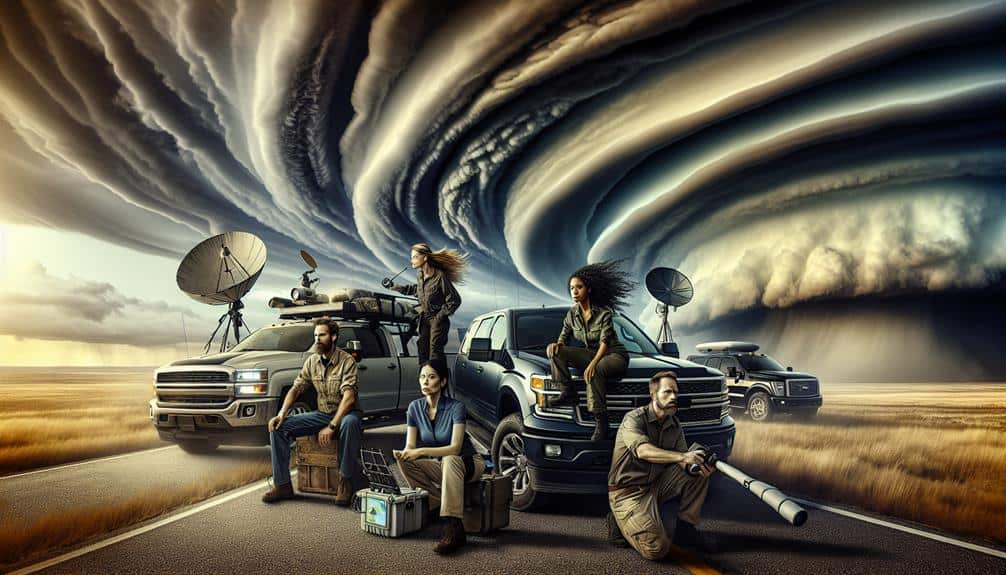Staying Safe: Tracking Storm Paths With Confidence
By prioritizing real-time updates from dependable meteorological sources like NOAA and ECMWF, we track storm paths with high precision. We analyze weather patterns, using historical data and advanced tracking technologies like satellite imagery and Doppler radar for precise predictions. Our methods guarantee transparency and rigorous verification. Sophisticated algorithms and modeling systems interpret vast amounts of […]
Staying Safe: Tracking Storm Paths With Confidence Read More »


